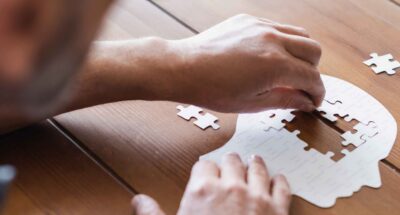Reuse can transform companies that struggle to recycle products, and it can also create new revenue streams. But first, it may require a new business model and a full company and ecosystem transformation.
The pay-per-use model, similar to the software-as-a-service (SaaS) model provides a good road map of how companies can do this. This model enables manufacturers to design equipment for reusability, recover it, refurbish it, and send it back to the customer. It requires the development of new competencies, such as managing the condition and life cycle of different components for reuse, and to change them only when needed.
This model changes cash flow generation: Rather than a one-off, upfront payment, it creates a stream of recurring payments over time. As a consequence, the equipment becomes the property of the vendor and it should be financed by the vendor. Thus, the finance model changes substantially.
It also creates a need to transform the way customers buy, with knock-on implications for the way clients’ purchasing departments work. They are no longer buying a product, but a service or solution.
While this level of transformation might seem complex and formidable, it is important to remember that most successes in this field have taken many years to develop and achieve and, like most transformations, required a constant stream of trial and error to learn and build a better model.





 Audio available
Audio available